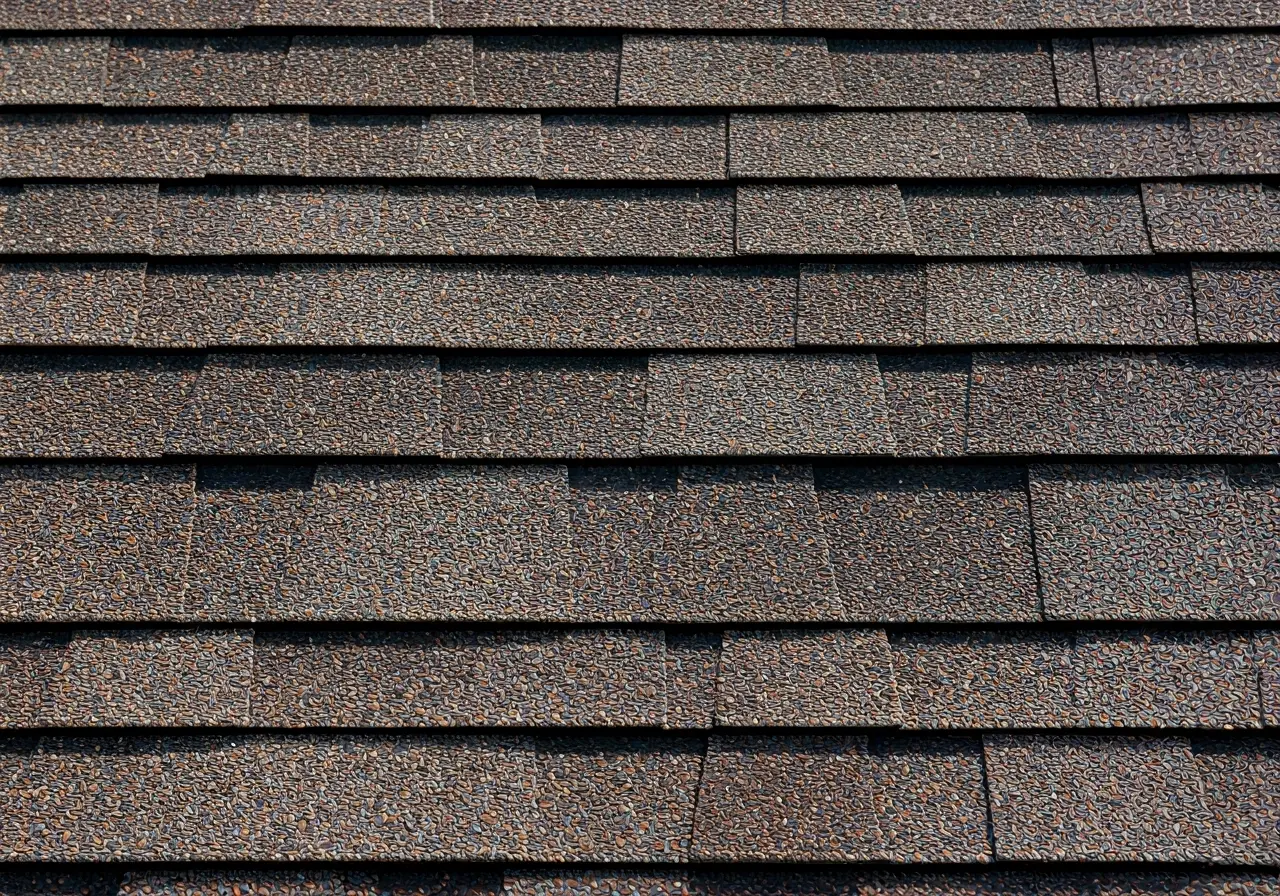How Can You Prevent Roof Leaks Before They Occur?
Roof leaks can cause significant damage to your home if not addressed promptly. However, with some proactive measures, you can prevent such issues before they arise. In this FAQ, we’ll explore simple yet effective strategies to keep your roof in top condition.
Inspect Your Roof Regularly
Regular visual inspections can help identify potential problem areas on the roof. Look for missing shingles, damaged flashing, or signs of wear and tear that may need attention.
Aside from obvious signs like missing shingles, also keep an eye out for granules in gutters, which may indicate that the roofing material is deteriorating. Catching these issues early can often prevent a costly roof leak repair.
Use binoculars for a closer look without needing to climb onto the roof. If you’re uncomfortable doing this, professional inspections are always a safe and thorough option.
Clean Gutters and Downspouts
Clogged gutters and downspouts can lead to water pooling on the roof, increasing the risk of leaks. Ensure they are clean and free of debris to promote proper drainage.
Regularly clearing out leaves, twigs, and other debris from your gutters is crucial, especially during the fall. A clogged gutter system can easily overflow onto the roof, leading to unwanted moisture issues.
Consider installing gutter guards to reduce future maintenance. These can help prevent clogs from forming in the first place, saving you time and effort.
During heavy rains, observe how your gutter and downspout system handles the water. If overflow occurs, it might be necessary to increase the width of your gutters or add additional downspouts.
Trim Overhanging Tree Branches
Tree branches that hang over your roof can cause damage during storms and create shade that encourages moss growth. Regular trimming helps to keep your roof safe and sound.
When branches rub against the roof surface, they can strip away protective layers and expose materials to the elements, potentially leading to roof leaks.
Pruning not only keeps the roof safe but also reduces the likelihood of debris falling into gutters, further promoting effective drainage.
Check Attic Ventilation
Proper attic ventilation helps regulate temperature and prevents moisture buildup under the roof. This can significantly reduce the risk of leaks and extend the life of your roofing materials.
Ensure that soffits and ridge vents are not blocked and allow for exchanging humid air with dry outside air. This exchange prevents condensation, which could otherwise manifest as leaks.
Inadequate ventilation can also lead to higher energy costs, as your HVAC system may work overtime to compensate for temperature imbalances.
Address Minor Roof Repairs Promptly
Minor issues such as small leaks or damaged shingles should be repaired immediately to prevent them from turning into bigger, more costly problems.
Delaying repairs not only risks exacerbating the damage but can also compromise the structural integrity of the entire roof.
Regular maintenance like resealing exposed nail heads or replacing broken shingles can prevent extensive future damage. Investing a little time now can save you from extensive damage and expenses later.
In Conclusion
Regular maintenance and proactive checks are key to preventing roof leaks before they occur. By staying vigilant and addressing minor issues before they escalate, you can protect your home from potential water damage and save on costly repairs. Visit our homepage to learn more about how we can assist you in maintaining your roof.


Queen Anne Solar, Energy Storage & Roof Project
Seattle, WA